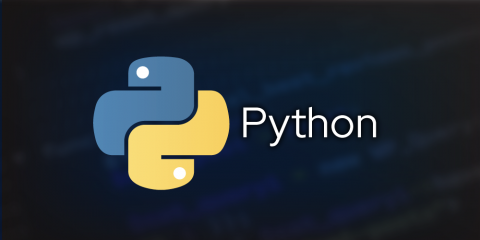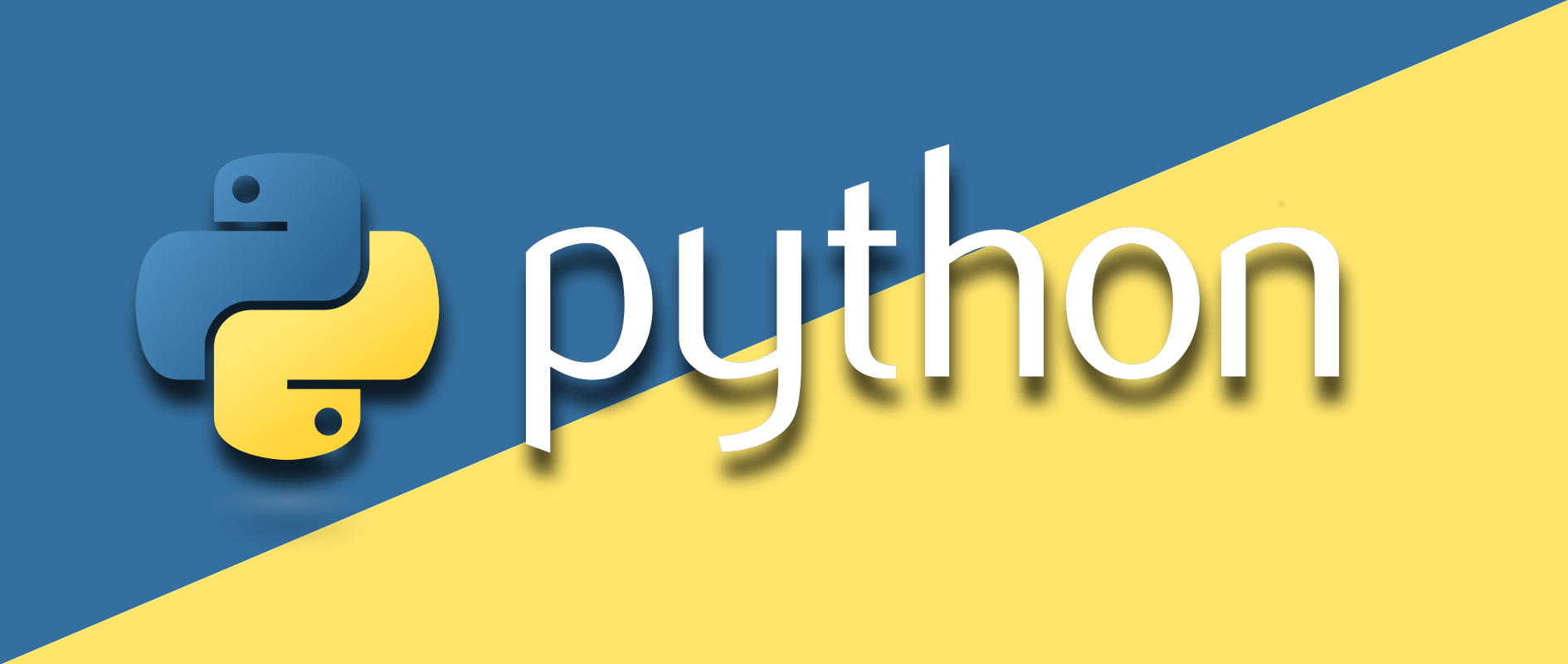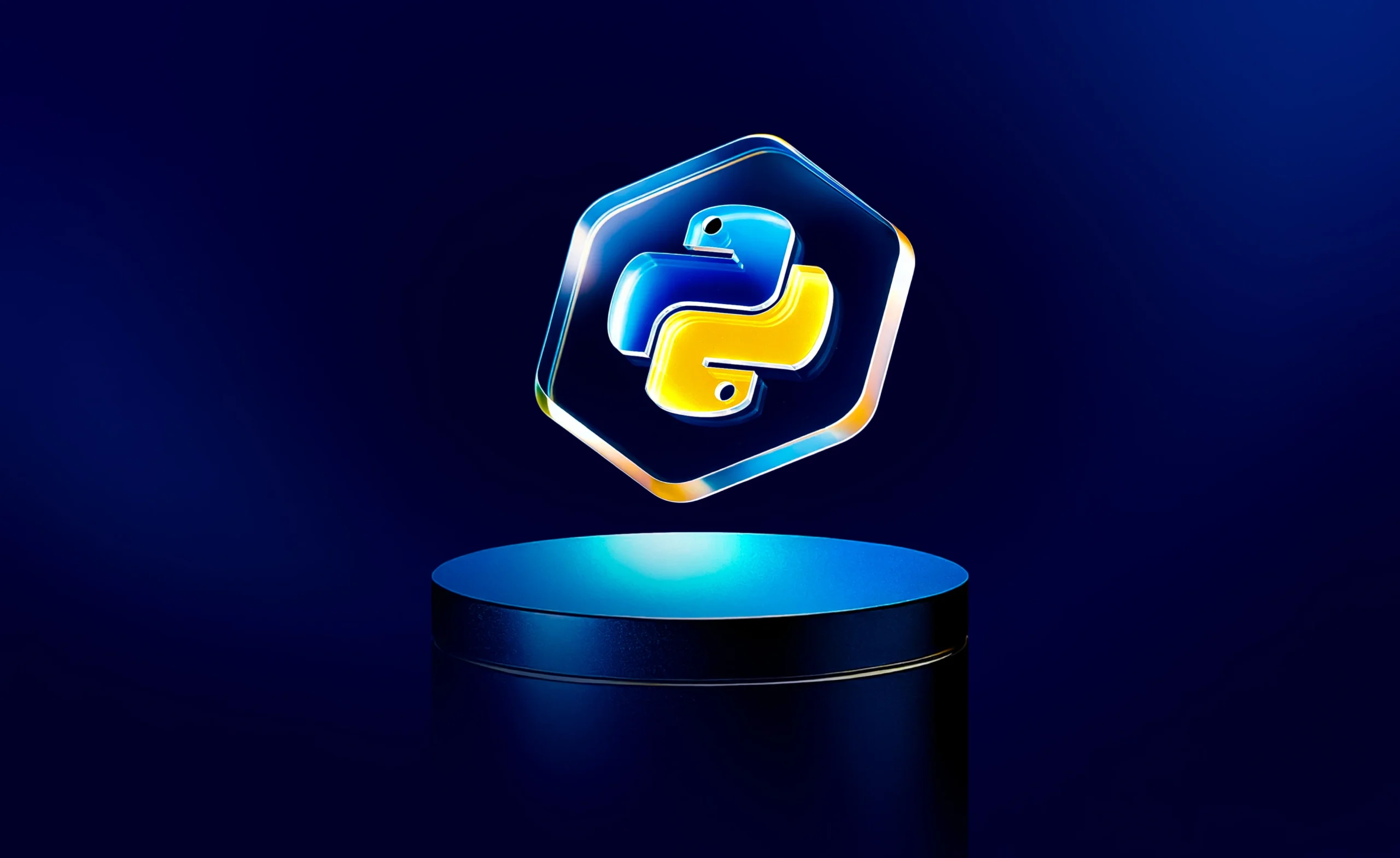Python is one of the most popular programming languages in the world today. Known for its simplicity, readability, and versatility, Python has become the go-to language for developers across various fields, from web development to data science and machine learning. In this article, we’ll explore why Python has gained such widespread popularity, its key features, and how you can get started with Python programming.
What is Python?
Python is an interpreted, high-level programming language created by Guido van Rossum and first released in 1991. Its design philosophy emphasizes code readability, making it easy for developers to write clear and concise code. Python supports multiple programming paradigms, including procedural, object-oriented, and functional programming, making it a flexible language for various applications.
Python’s simple syntax and readability allow beginners to pick it up quickly, while its powerful libraries and frameworks make it suitable for advanced projects as well. Its extensive community and wealth of resources make it a go-to language for both new and experienced programmers.
Key Features of Python
- Simple and Readable Syntax
Python is designed with simplicity in mind. Its syntax is straightforward, with minimal punctuation and indentation, making it easy to write and read code. This is particularly beneficial for beginners who are just starting with programming. - Versatility
Python can be used in a wide range of applications, including:
- Web Development: Python has popular frameworks like Django and Flask that make web development easier and faster.
- Data Science and Machine Learning: Python is a dominant language in the fields of data science, machine learning, and artificial intelligence. Libraries like NumPy, Pandas, and TensorFlow are widely used for data analysis and model building.
- Automation: Python can automate repetitive tasks, such as web scraping, data collection, and system administration, making it useful for efficiency and time-saving.
- Game Development: While not as common as other languages for game development, Python, with libraries like Pygame, can be used to create simple games.
- Extensive Standard Library
Python comes with a large standard library that provides modules and packages for handling everything from file I/O and data manipulation to networking and web services. This library saves time and effort by providing built-in solutions for common programming tasks. - Cross-Platform Compatibility
Python is a cross-platform language, which means Python programs can run on various operating systems like Windows, macOS, and Linux without modification. This makes Python a versatile choice for developers working across different platforms. - Large Community and Ecosystem
One of the biggest advantages of Python is its massive and active community. This community has contributed to a vast ecosystem of third-party libraries, frameworks, and tools that expand Python’s functionality. Whether you’re building a web application or analyzing data, there’s likely a Python library that can help. - Interpreted Language
Python is an interpreted language, meaning that the code is executed line by line. This makes debugging easier since you can quickly test and modify small pieces of code without compiling the entire program.
Python Use Cases
Python is used in many different fields due to its flexibility and the availability of libraries and frameworks tailored to specific applications. Some of the most popular use cases for Python include:
- Web Development
Python is widely used for developing web applications, thanks to powerful frameworks like Django, Flask, and Pyramid. These frameworks simplify tasks such as database management, templating, and routing, allowing developers to build scalable, secure web applications. - Data Science and Analytics
Python has become the primary language for data science and analytics, with libraries like Pandas, NumPy, and Matplotlib. These libraries enable data manipulation, analysis, and visualization. Python also plays a crucial role in machine learning, with libraries like TensorFlow, Keras, and Scikit-learn being heavily used for building predictive models. - Automation
Python is often used for automating repetitive tasks, such as file management, data extraction, and interacting with web services. With libraries like Selenium for web scraping or PyAutoGUI for automating GUI interactions, Python can save significant time and effort for developers and businesses. - Scientific Computing
In the scientific community, Python is used for numerical and scientific computing. Libraries like SciPy and SymPy allow researchers and engineers to perform advanced calculations, simulations, and data modeling. - Game Development
While Python isn’t the go-to language for high-performance games, it can be used to create simple games and prototypes. Libraries like Pygame provide tools to build 2D games, making Python a suitable choice for indie developers and educational purposes.
Getting Started with Python
To get started with Python, follow these steps:
- Install Python
Download and install the latest version of Python from the official website (https://www.python.org/). Most operating systems, including Windows, macOS, and Linux, provide easy installation packages. - Choose a Text Editor or IDE
You can write Python code in any text editor, but using an Integrated Development Environment (IDE) like PyCharm, Visual Studio Code, or Jupyter Notebook can help streamline the coding process with features like code completion, debugging tools, and syntax highlighting. - Write Your First Python Program
Open your text editor or IDE and write your first Python program. For example, a simple program that prints “Hello, World!” to the screen:
print("Hello, World!")Save the file with a .py extension and run it in the terminal or command prompt.
- Explore Python Libraries
Once you’re comfortable with the basics, start exploring Python’s rich ecosystem of libraries. For example, if you’re interested in data science, try installing libraries like Pandas and Matplotlib using pip, Python’s package manager:
pip install pandas matplotlib- Practice and Build Projects
The best way to learn Python is through practice. Start building small projects like calculators, web scrapers, or even simple games. As you gain confidence, you can move on to more complex projects, such as building a full-stack web application or a machine learning model.
Conclusion
Python is a versatile, user-friendly programming language with a vast range of applications in web development, data science, automation, game development, and more. Whether you’re a beginner or an experienced developer, Python’s simplicity and powerful libraries make it an excellent choice for any project. With its growing community and ecosystem, Python is sure to remain one of the most popular programming languages for years to come.




